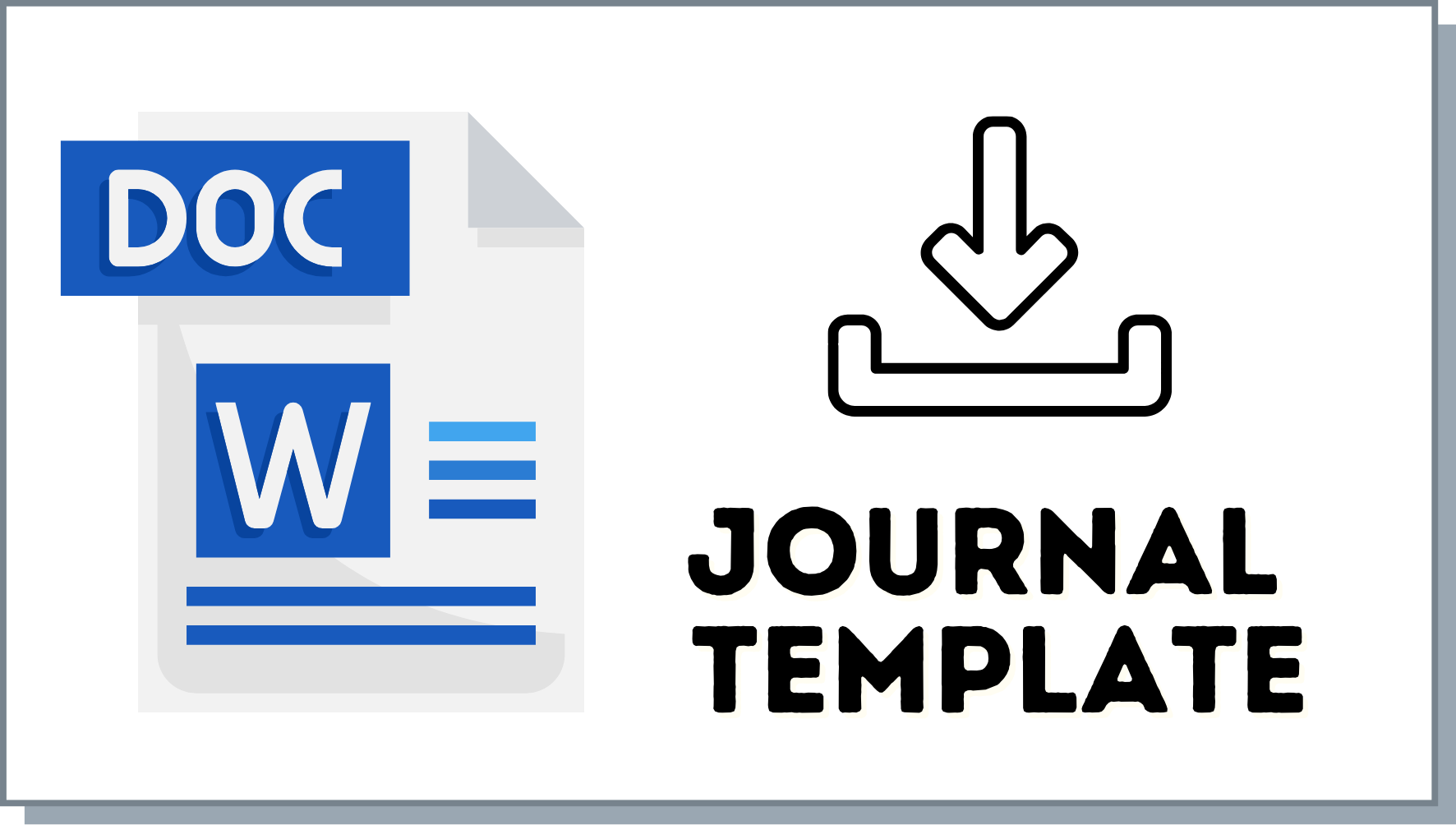Pentingnya Pengolahan Lanjut Feses Gajah di Taman Nasional Way Kambas
DOI:
https://doi.org/10.32522/abdiku.v2i2.816Keywords:
Elephant Feces, Block Compost, Way Kambas National Park, Waste ManagementAbstract
The Sumatran elephant (Elephas maximus sumatranus) is one of three species of Asian elephant which has become one of the priority wild animals on the island of Sumatra by Indonesian government policy. This species has been categorized as critically endangered (CE) according to the IUCN in 2012. One of the nature reserves in Way Kambas National Park (TNWK) is the Elephant Training Center (PLG) which is a breeding ground for Sumatran elephants and functions as a place for animal conservation. The average quantity of elephant faeces in the WKNP is 5,090 kg/day from a total of 61 tame elephants in both the PLG and the Elephant Response Unit (ERU). This waste is not used optimally, so it is feared that it will pollute the environment if it is not handled properly and appropriately. This PKM activity aims to increase public understanding regarding the importance of processing elephant feces through the production of block compost. PKM activities were carried out at the Rawa Bunder Research Center in Way Kambas National Park, Labuhan Ratu District, East Lampung Regency on June 21 2023. The method used in carrying out PKM activities was carried out through the FGD (Focus Group Discussion) method, namely providing material and discussion or asking questions responsibility and practice of block composting. Respondents who represented the community around Rawa Bunder experienced an increase in understanding after participating in PKM. They obtained an average pretest score of 8.45 and a posttest of 9.30. Increased understanding of around 0.85 after giving material to the community.
Downloads
Published
Issue
Section
License
Copyright (c) 2024 Christine Wulandari, Indra Gumay Febryano, Yulia Rahma Fitriana, Hari Kaskoyo, Nanda Kurniasari, Lutfi Nur Latifah, Aryanti Rizki Adinda, Kuswandono Kuswandono

This work is licensed under a Creative Commons Attribution-NonCommercial-ShareAlike 4.0 International License.










